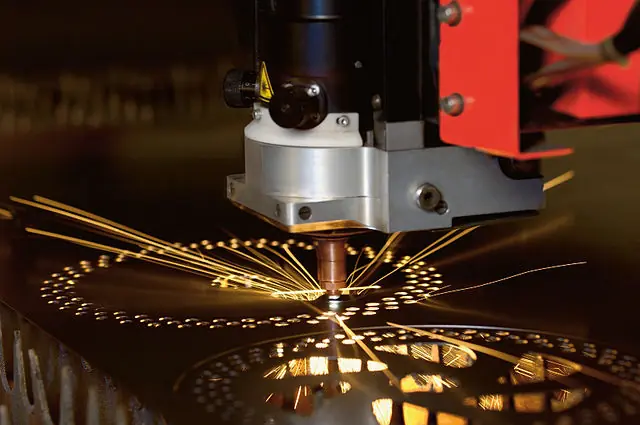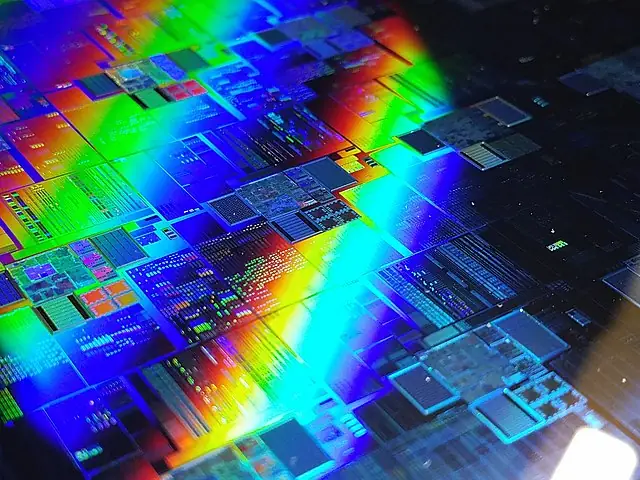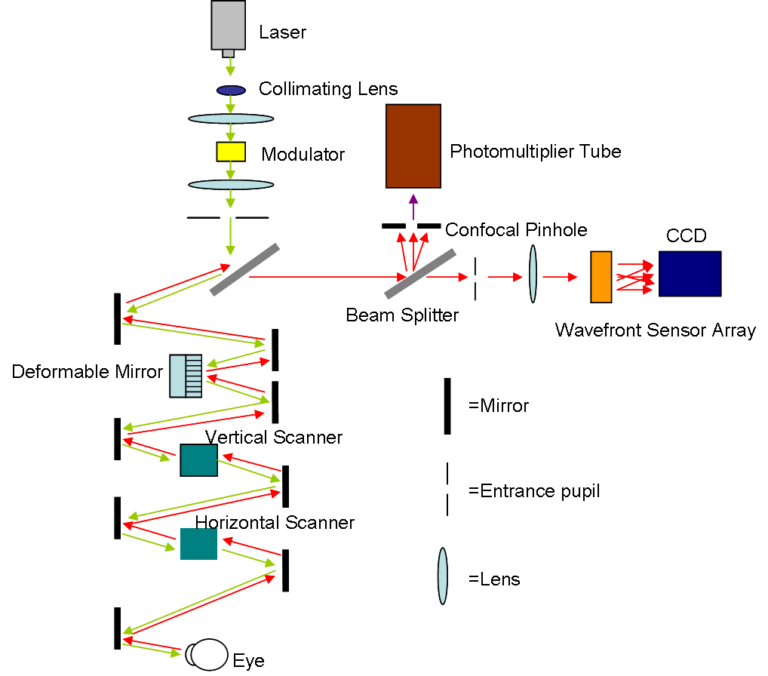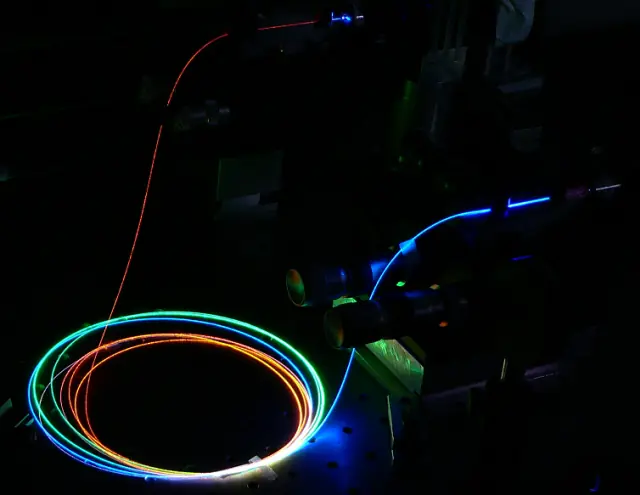Argon-Ion Lasers
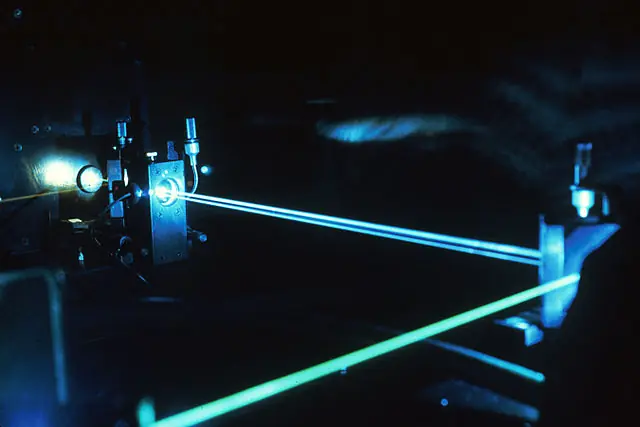
Argon-ion lasers are a type of gas laser that uses an argon plasma to produce light. The first argon-ion laser was built in 1964 by William Bridges at the Hughes Research Laboratories. The argon-ion laser is a three-level system, meaning it has three energy levels that electrons can occupy. The lowest energy level, or ground state, is where most of the electrons are normally found. In order for the argon ions to become excited and produce light, they must be supplied with energy from an external source. This energy can come from either electrical discharge or optical pumping.
Electrical discharge is used to create a plasma, or ionized gas, inside the laser cavity. This plasma is then used to optically pump the argon ions to higher energy levels. Optical pumping is accomplished by shining intense light on the argon atoms, which raises some of the electrons to higher energy levels. Once the argon ions are excited, they will emit light as they return to their ground state.
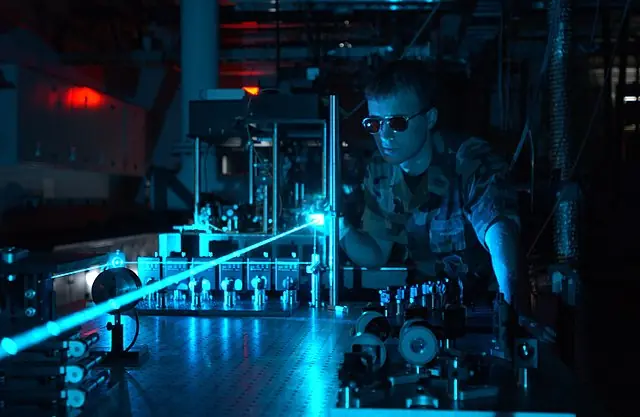
The wavelength of light produced by an argon-ion laser depends on the particular transition being stimulated. The most common transitions are between the second and third energy levels, which produces blue-green light with a wavelength of 488 nm (nanometers). Other transitions can produce wavelengths of anywhere from 351 nm to 700 nm. Argon-ion lasers are used in many different applications requiring high power lasers including material processing, medical therapy, and scientific research.
In medicine, argon-ion lasers are sometimes used in ophthalmology to treat conditions such as glaucoma and diabetic retinopathy. These lasers can also be used for cosmetic purposes such as removing wrinkles or age spots. In scientific research, argon-ion lasers are often used in spectroscopy because they can be tuned to produce specific wavelengths of light needed for analysis. Argon-ion lasers are also used to create plasma for experiments in nuclear fusion and other areas of physics.

